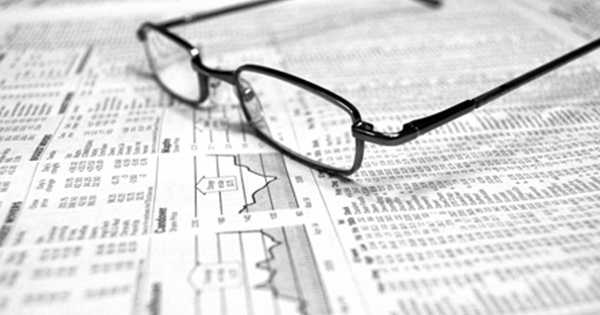This space has long debated the phenomenon of a coming yield curve inversion, long before the mainstream finally caught up with such a notion. It became a reality last month, and still do we count a majority of recession deniers out there. It is different this time, or so we keep hearing from their camp. And besides, hasn’t the 2/10-year yield differential bounced back into positive territory again. All nothing but a fluke…? Well, let’s think about this again.
Number one, an inversion of the curve is an inversion. Full stop. And that’s why I think it is imperative to recognise that the only relevant numbers applicable are based on 2- and 10-year rates, to be consistent with what the signals of the past have given us. There may have been some hyped fascination of analysts with the fact that the differential between 3-month Libor rates and 10-year yields has already been negative for the better part of the year.
But this is more likely to be technical and mainly due to erratic Fed behaviour. Jay Powell and his colleagues have not showered themselves in glory when they had to concede to misjudging inflation expectations and performed their u-turn from a still hawkish stance at the end of last year. What’s probably more of a reason for this super-short end to have delivered such visible inversion is the unprecedented Fed bullying of the US president which has left monetary policy in America in disarray.
So, let’s stick to the more reliable 2/10-year measure. It is true that there has been a bounce from a slightly negative reading of -5bp back into positive territory, albeit only marginally. It is not true that we can simply content ourselves with a sigh of relief and this means the economy is out of the doldrums, which brings me to my second argument. We have ample evidence of the past 5 or 6 curve inversions leading to recessions or at least significant slowdowns.
If we made an effort and looked more closely at the two most recent such events, the one culminating in the recession post the burst of the tech bubble in 2000/01 and the other being the commencement of the financial crisis in 2007/08, however, we would find that minuscule dips of inversions were registered before the curves actually and more meaningfully inverted at a later stage and alerted the public of impending economic troubles.
In the run-up to the tech bubble burst, for example, the curve first and ever so slightly dipped into negative territory in 1998. It subsequently bounced back to a normal shape and a positive reading of over 50bp. Only 18 months later, at the very beginning of 2000, the differential crashed to around -50bp and heralded the things to come. It was similar with the financial crisis, when the marginal dip into the red initially occurred at the start of 2006, only to rebound into the positive 20s before truly sinking into the red 6 months later.
For argument’s sake, if we gave this pattern some credence, the recent dip into an inverted curve end of August may just be a precursor of what’s to come, much like in 1998 and 2006, and not the real thing yet. Accordingly, a bounce back to an ascending curve may well be the next market move, luring observers into a false sense of comfort, before in the course of 2020 a more substantial inversion may take place and set in motion the real economic downturn.
Overlay the previous 2 scenario with the S&P index, and we will find that the stock market was not at all impressed with the initial dips in 1998 and early 2006, but only started to descend after the second move into negative differentials, that is to say 6 months post the second dip in 2000, ie in Q3 of 2000, and about 12 months post the second inversion dip later in 2006, ie in Q3 of 2007, respectively. In both cases, the ensuing bear markets lasted around 2 years before the index hit bottom.
I get it… this time may be entirely different, but I think it is still an intriguing pattern. If history was any kind of guide, we would be looking at a scenario where the mini-inversion in August was a mere precursor, and the real inversion that mattered would probably only occur in the course of 2020. Deriving from the previous cases it would take another 6-12 months from there for the stock market to peak out before a much more material correction commences and takes us across 2-3 years of a bear market.
If you thought about it, it would in fact also fit into the picture of political cycles. Stocks have on average had a positive performance in election years, and we can expect Donald Trump to move heaven and earth to make this happen. After all, he is running his campaign on a bull market. Also, his reelection could boost prices one more time, as it has in late 2016 and early 2017. Accordingly, late 2020 and early 2021 may be the very last leg of the bull that will have carried us for more than 10 years.
In other words, as much caution as investors need to apply to the current fragile geopolitical environment and markets, the bears may have their timing completely wrong. Stocks will come down eventually, but putting the tea leaves together as we have them it may take a while still.
